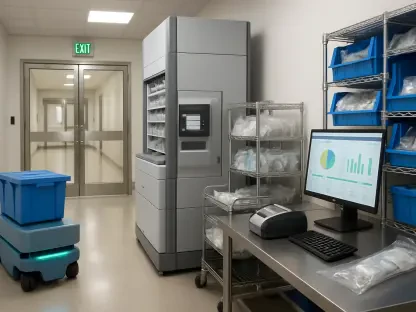In a remarkable turn of events for the biopharmaceutical industry, Jazz Pharmaceuticals (NASDAQ:JAZZ) has captured significant market attention with a sharp rise in its stock price, fueled by a pivotal regulatory achievement that marks a turning point for the company. This surge, recorded at 4.8% during afternoon trading on the day of the announcement, stems from the U.S. Food and Drug Administration (FDA) granting accelerated approval to Modeyso, a groundbreaking drug developed by the company. Notably, Modeyso stands as the first and only approved therapy for patients aged one year and older suffering from diffuse midline glioma, a rare and aggressive form of brain tumor. Clinical studies supporting this approval revealed a 22% overall response rate among patients, marking a significant step forward in treatment options. However, this approval is conditional, with continued market access dependent on positive results from an ongoing confirmatory trial. This milestone underscores the potential for growth, even as it highlights the inherent uncertainties tied to such provisional regulatory decisions.
Unpacking the Market Dynamics
Despite the positive momentum from the FDA’s decision, the broader financial context for Jazz Pharmaceuticals paints a more complex picture. Just a day prior to this stock uptick, the company reported weaker-than-expected earnings and lowered its full-year sales forecast, a move that might typically dampen investor confidence. Yet, the market’s focus seems firmly fixed on the long-term implications of Modeyso’s approval, viewing it as a catalyst for future revenue streams. It’s worth noting that the stock has seen considerable volatility, with 11 movements exceeding 5% over the past year, suggesting that such fluctuations are not uncommon. Year-to-date, shares are down 9.5%, and at a current price of $112.03, they remain 22.3% below the 52-week high of $144.17 set earlier this year. Additionally, a $1,000 investment made five years ago would now be valued at just $888.56, reflecting a persistent downward trend over the longer term. While the recent surge offered a momentary reprieve, it did little to shift fundamental perceptions of the company’s market standing, as the conditional nature of the approval introduced an element of risk for sustained growth.









